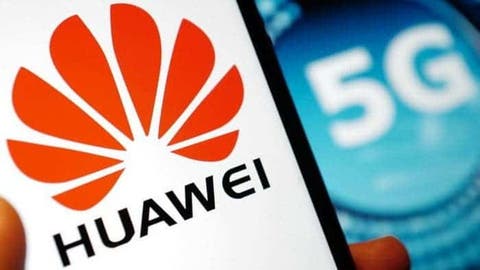Recently, Huawei and Guangzhou Unicom have adopted the 5G super uplink “cross-site” flexible pairing technology for the first time in the industry to realize large-scale commercial use of the whole network. A total of nearly 3,000 5G super uplink sites have been opened. Furthermore, the 5G super uplink is effective for users and nearly doubles the performance of the traditional methods.
According to reports, through the 5G super uplink “cross-site” flexible pairing technology, it is possible to achieve the best super uplink pairing between a TDD (Time Division Duplex) cell and a nearby FDD (Frequency Division Duplex) cell. This technology effectively increases the effective proportion of 5G super uplink users. It also improves 5G network coverage and user experience.
Tests on the live network show that Guangzhou Unicom adopts the 5G super uplink “cross-site” flexible pairing technology, which increases the uplink coverage of edge users by an average of 5dB. As a result, the experience of users with effective super uplink is significantly better. The proportion of low-rate experience of super uplink users on the entire network has been reduced from 15% to 3%. Furthermore, the corresponding 5G traffic also increases by 5~10%.
When it comes to 5G capability, Guangzhou ranks among the top regions in China. The proportion of 5G video application traffic is close to 60%. Also, applications such as live broadcasts, online meetings, online courses, high-definition pictures, and large file uploads are becoming more popular.
The large-scale deployment of the 5G Super Uplink will bring coverage and capacity improvement at the edge of the network. This will enable Guangzhou Unicom Super Uplink users to enter the 1080p Full HD and 4K Ultra HD era for their uplink video experience.
Huawei 5G global users exceed 490 million
In September last year, Huawei held a press conference where its rotating chairman, Xu Zhijun, delivered a keynote speech. His speech is towards Huawei’s 5G development. In terms of the basic technologies required for digital transformation, 5G global commercial networks are necessary. According to Huawei, it how has 176 commercial 5G networks. The world has explored more than 10,000 projects for the application of 5G for industry digitization. Furthermore, Huawei claims that its 5G users now exceed 490 million.
According to IDG data, 81% of organizations worldwide already use cloud computing or have applications on the cloud. According to Roland Berger’s research, AI has penetrated into various industries. More than 60% of industries have adopted AI in high-tech and telecommunications, financial, automotive, and assembly industries. Also, the proportion of AI applications in commerce, medical, retail, and other industries is increasing.

